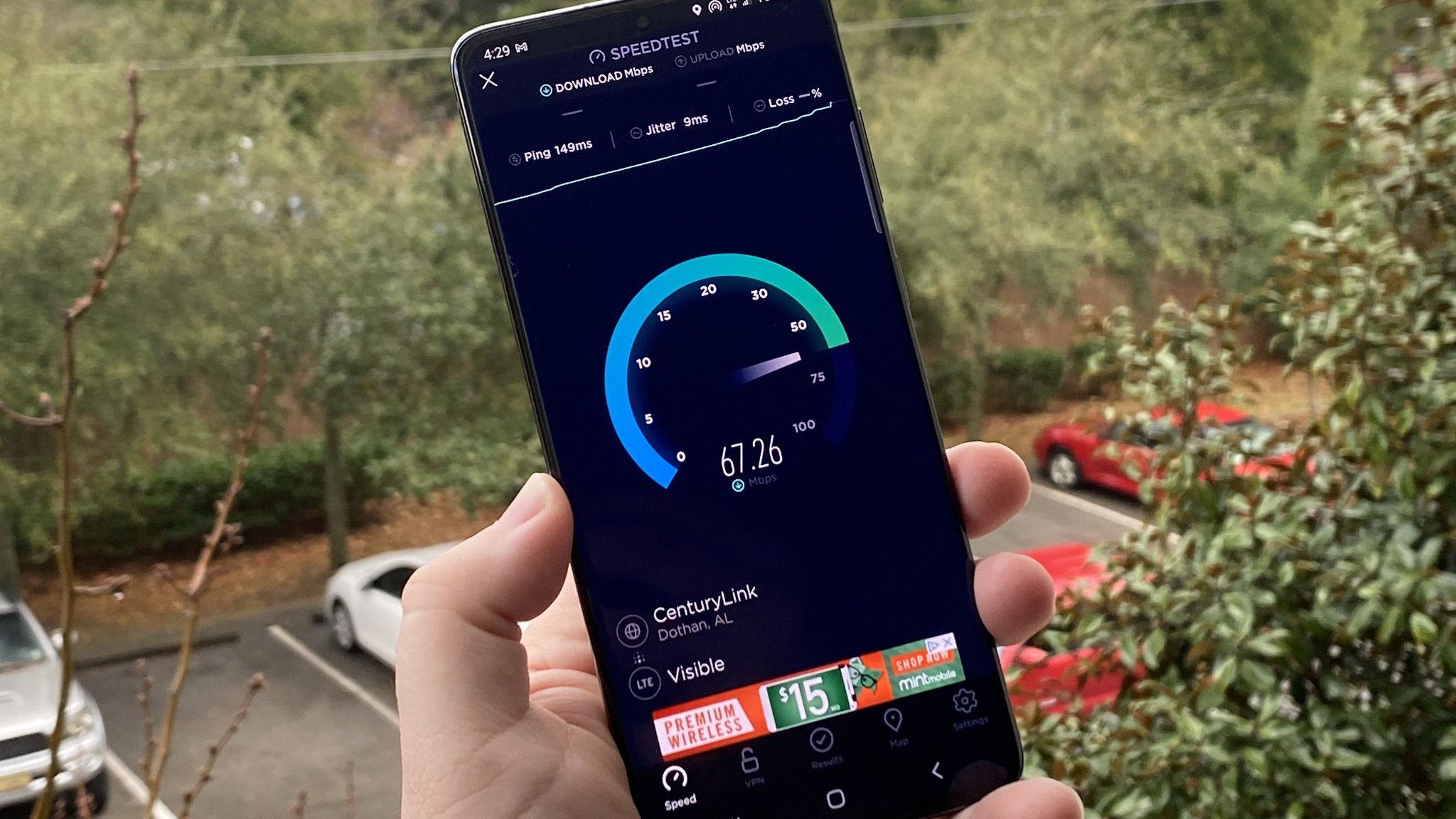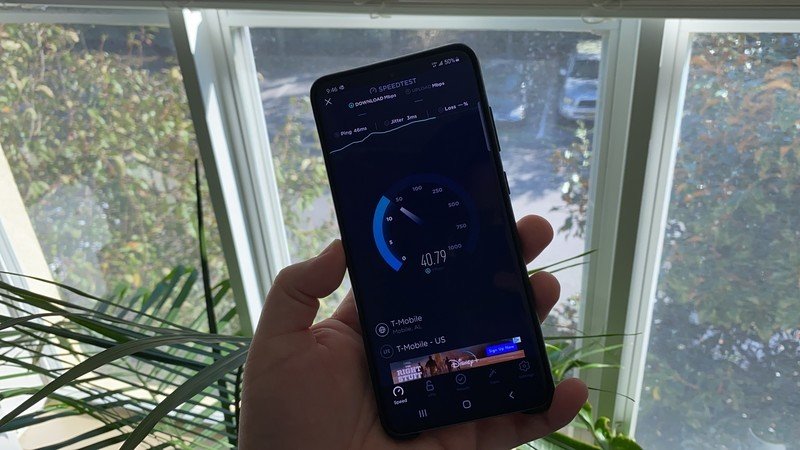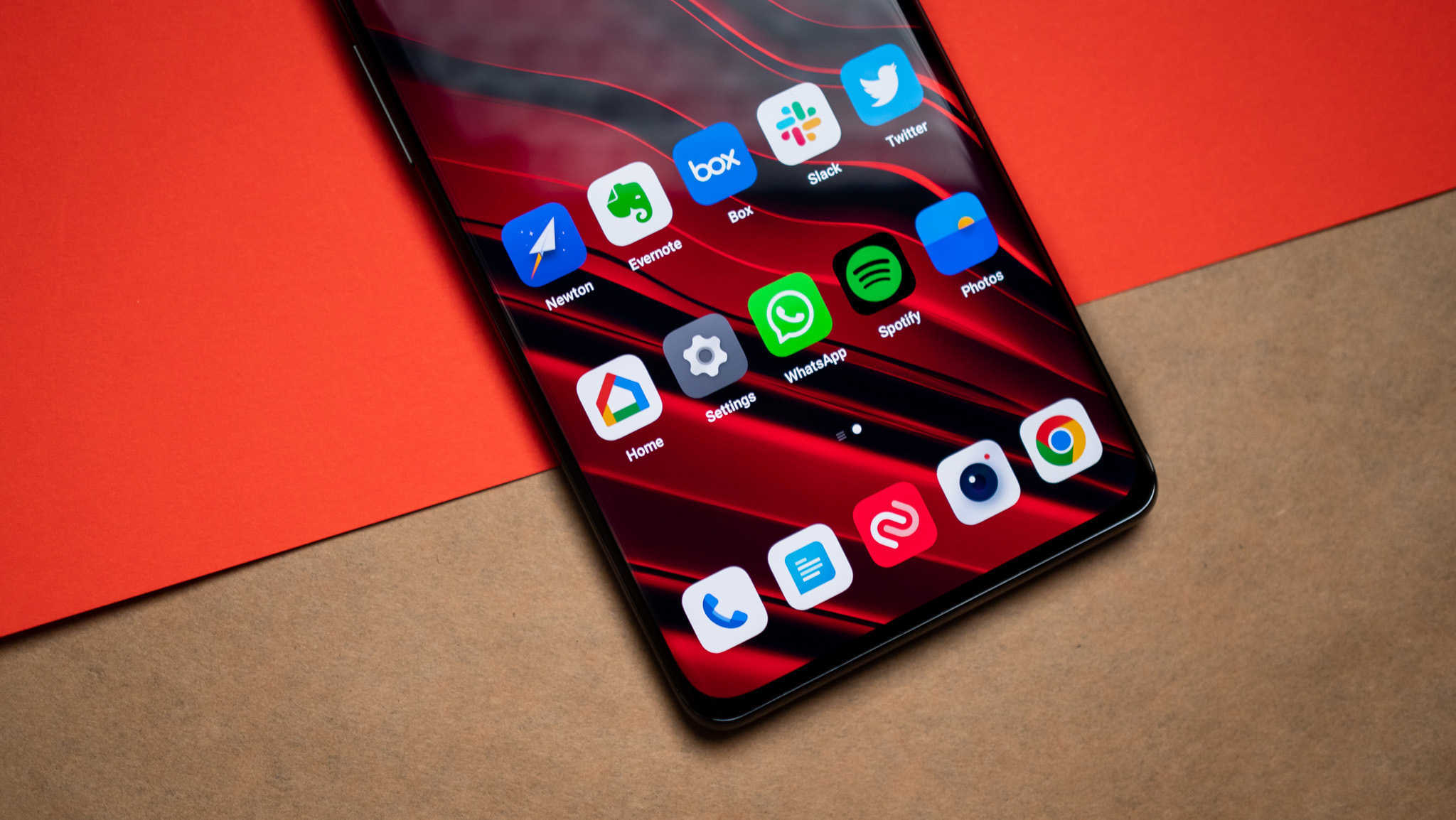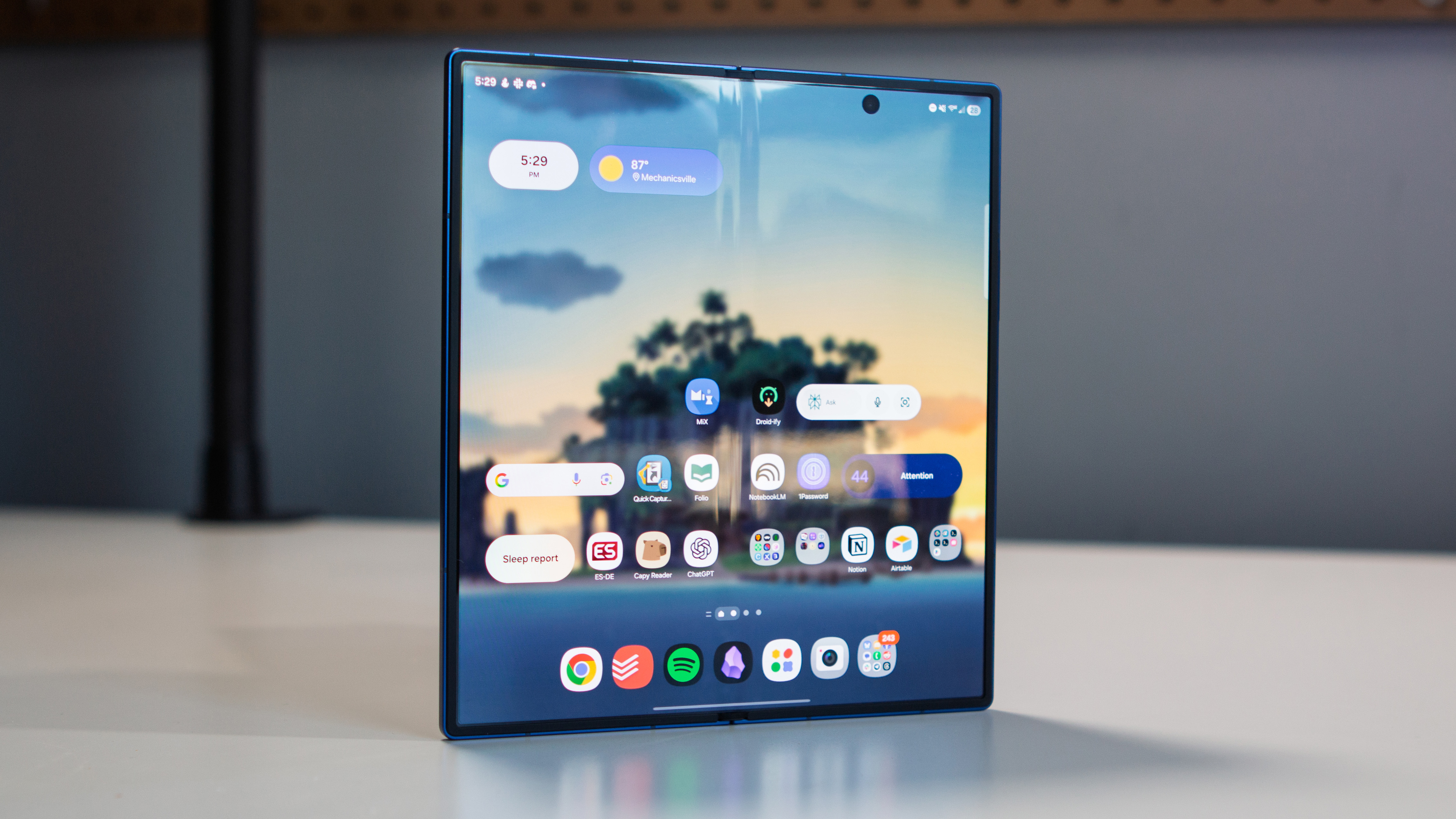When do carriers start throttling you and what can you do about it?

You're probably already aware that all the major U.S. carriers offer an unlimited plan and that they have imposed a limit on it if you use too much data in a single billing period. If you're not, we're talking about wording like this in the carrier terms of service:
Data prioritization will only be noticeable when you access a congested tower and have used over 50GB of data in a particular billing cycle.
That's T-Mobile's, but every carrier has something similar in the contract terms that say the same thing — use too much and we can stop giving you that high-speed LTE data that you know and love and toss you back to lower data speeds. Users call it throttling, carriers call it prioritization, but no matter what it's called, it means the same thing: some users may get slowed down if they use too much data in a single month.
That has a lot of vague wording in it — some, may, a small fraction, etc. — so we're going to spell it all out because your phone carrier is good at delivering you internet access and we're good at writing. Everyone wins!
- Carrier deals: Verizon | AT&T | T-Mobile | Mint Mobile | Visible
What is throttling?

Network data speed (technically, bandwidth) throttling means the same thing as throttling anything else — purposefully choking or restricting a thing. That's exactly what is happening here and the network gets slower because your ID (you sign into your carrier's data network with a unique ID, but it's usually done automatically) has been marked in a way that the servers which route the internet traffic know to only send you data at a certain speed.
When you have used enough data to be hit under your carrier's data prioritization, those speeds are really slow. The good news is that this is probably only going to be a temporary thing. The worst case is you'll be throttled until the end of the billing period, but that is not always the case because of why and when a carrier throttles its users.
Why can I get throttled?

Easy answer: when you use too much data and the carrier is the only one that gets to decide how much is too much. That's why your carrier can get away with dropping a single line about the whole thing into some agreement they hope you never read. But the way it actually works is kind of interesting; it's just a bit too wordy to stick in the agreement blurb.
A cell phone tower (a cell) can only serve a limited number of people at once. For "regular" voice calls at 12Kbps, a rough estimate is about 90 users on a single 5MHz sector if they are all active at once. For VoIP or VoLTE calls, the number is drastically lower because the quality is drastically higher and uses more bandwidth (somewhere around 128Kbps on average). I used voice calls here to demonstrate how IP-based data can use so much more bandwidth than voice — IP calls use 10 times as much data as voice calls.
Get the latest news from Android Central, your trusted companion in the world of Android
The equipment that powers your carrier's network has limits.
That same single-sector 5 MHz cell can only deliver about 21 Mbps in total. Let's say a small base station (the hardware that runs what we call a cell tower) that serves a single carrier has three sectors (a rough average) so it can handle 63 Mbps of data at any one time. A bigger station might serve two carriers and have eight sectors so that means 84 Mbps per carrier at once. And that's counting data going two ways, both to a user and coming back from a user. If you can see network speeds of 50 Mbps down and 25 Mbps up, you have the potential to use most of the bandwidth a sector station is capable of delivering.
There are several ways the software that runs a base station can cope with this — they just don't let any user have as much of the total capacity as possible, ever. Switching is one way of making sure it never happens — every user who is actively taking a portion of the bandwidth gets a slot with a specific amount of time they can use it and things are rapidly switched around to all the connected users. This is done fast enough so that your connection doesn't get interrupted (packets are acknowledged before they timeout waiting for a response) so we never notice it.
Left unchecked, your phone could probably use all the bandwidth that a cell site has to offer.
A cell tower can only have so many connected users though, so the software also will switch users in and out of a connected state. If you're not trying to use the network your turn in the queue is skipped and given to a user who is trying to use the network. This is a very simplified explanation of how a modern wide area wireless data network operates but it gives us a great idea of how users are managed when are requesting more data than can be served at any one time. It works great until there are more users who are using data at once than the equipment can handle. When that happens, we see slower speeds or dropped connections.
Nobody likes slow data speeds or things to stop working because the connection keeps dropping, and your carrier likes it even less than we do. It makes them look bad and can cause their software to flake out. So they take further steps, like cutting users who use too much data in a month back so that other users can get what they are paying for.
Can 5G help?
The world that built 3G and 4G is different from the one that is building 5G. For one thing, our priorities have really shifted and in the U.S. at least, it's being pitched as a way to finally deliver high-speed internet to the entire country. The reason 5G is so much more capable comes down to the available bandwidth and how well towers and network equipment can utilize it.
In dense areas, millimeter wave 5G can deliver fast and consistent speeds to a large number of people thanks to having hundreds of megahertz of spectrum to play with. In the less dense suburbs, sub-6 will be king with better building penetration and fewer towers required. Sub-6 deployments such as Sprint's don't have as much available spectrum, coming in closer to 150Mhz, but fancy modern technology like massive MIMO will keep service quality high.
Consequently, carriers will be able to keep the throttle wide open longer. Verizon has eliminated deprioritization from 5G connections thanks to its millimeter wave network having plenty of spectrum to spare. Sprint's larger sub-6 network pushes the boat out a bit from its LTE service up to 100GB from 50GB.

When will my carrier throttle me?
- AT&T - deprioritization occurs at different amounts depending on the plan. The smallest unlimited plan is always susceptible while the other two are 22GB and 50GB respectively.
- T-Mobile - deprioritization occurs at 50GB.
- Verizon - This popular carrier has reversed the conversation and gives certain plans allotments of "premium data" that isn't susceptible to deprioritization. These amounts ranges from none on the smallest plan to 50GB and Unlimited, if you pay for the pricy 5G Get More and One Unlimited plans.
What's important to know here is that you might not get throttled no matter how much data you've used in one month and that it might only be temporary if you do. Verizon spells this out in their terms and conditions pretty well, and the others follow the same sort of policy even if they aren't as clear.
A slow connection is still better than a "no" connection.
"Times of congestion" means there are more users who need data access than the cell site is able to effectively serve. If you work in a big city, you might see service worsen if you go out for lunch. A lot of others are out for lunch and the cell sites have trouble keeping up. Throttling speeds down to a crawl for users who are over the soft limit is a great way to ease that congestion because it allows someone else to get more bandwidth. And a slow connection is better than a connection that drops because nobody is being throttled and the cell site can't switch and prioritize fast enough or efficiently enough.
From the carrier's point of view, you've reached a point where you can take a backseat to another user who hasn't used as much data. It isn't doing this because it is looking out for a user who deserves to be able to use enough data to "get their share" or anything, they do it to keep the network running efficiently and to cut back on customer complaints. If you use all of your premium data on Verizon in a month and complain about service at a particular time in a particular place, Verizon has an easy answer: you've used so much data that they need to slow you down in accordance with the agreement you made with them. If I only used 2GB they have a tougher time justifying why. It's that simple.
A carrier has a responsibility to its customers, and all four major U.S. carriers feel throttling heavy users helps meet it for the rest.
Most people we've heard from who are self-admitted and proud data hogs will say they haven't ever been throttled. Of the ones who have, almost all say it was only temporary and speeds returned when they were in a place with less network congestion. Our best guess is that it's easy for a carrier to temporarily throttle you when they need to, and even easier to stop doing it when they don't so you'll be more satisfied with the service. In any case, being throttled is something you said was OK when you signed up for the plan.
If I get throttled, what can I do about it?

Not a lot. The reasons why you've been throttled are pretty clear, so unless you haven't used the amount of data your carrier says is enough to get tagged, calling to complain is probably pointless. You might find a sympathetic ear that can "fix" it but more than likely you'll just be told the policy and what's in the agreement. If you haven't used that much data you should definitely give your carrier a call and see what's up.
Wi-Fi is the best option. Chances are if you're somewhere that's congested on a regular basis you'll see open Wi-Fi networks available. A good VPN and open Wi-Fi probably won't be as fast as your regular data connection but it will be a good bit faster than a throttled connection from your carrier. If you're with a friend who also has an unlimited plan with tethering, they could set up a hotspot for you to use.
You could also put the phone down and take time to smell the flowers. Think about it.
You could also deal with it and set your expectations correctly. Something like your email or a simple messaging app would still work, but don't expect to be streaming media or even seeing media attached to social network posts. You might still be able to upload media (some users say they are only throttled on the download side) but you won't have that same rich internet experience you usually have.
If you're using a pre-paid carrier that offers "unlimited" slower data once you've used your high-speed allowance for the month you can probably buy more high-speed data through an app or the company's website. Chances are you can set things up in advance and a simple text message will get another GB added to your account in short order. You can also buy a second line with a separate SIM card if you know you'll be throttled on a regular basis and can't deal with slow speeds. Google Voice will let you use one number across multiple lines and you can switch SIM cards when you need to.
The very best thing you can do is prevent it from happening altogether. Using Wi-Fi at home or at work instead of your data will cut back on your total usage and leave more room for when you're out and about.
- Carrier deals: Verizon | AT&T | T-Mobile | Mint Mobile | Visible

Jerry is an amateur woodworker and struggling shade tree mechanic. There's nothing he can't take apart, but many things he can't reassemble. You'll find him writing and speaking his loud opinion on Android Central and occasionally on Threads.
- Patrick FarmereCommerce Editor
